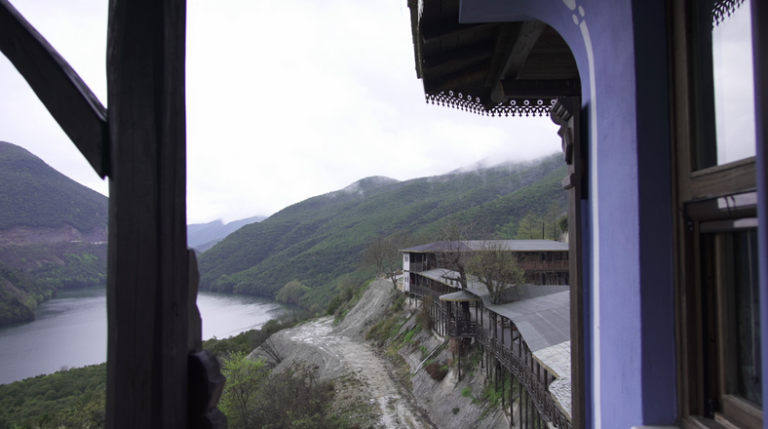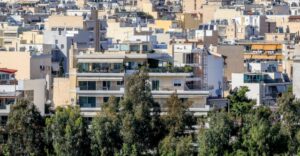Just 15 kilometers southeast of Veria, in a beautiful region where Mount Vermio meets the Pierian Mountains, lies the Holy Monastery of Theotokos Kallipetra.
The name “Kallipetra,” meaning “beautiful stone,” derives from the rocky mass that casts its shadow over the Monastery. It is one of the oldest monasteries in Veria, a region with a deep monastic tradition. At its peak, the area boasted 50 monasteries, home to 2,500 monks.
As for the Holy Monastery of Theotokos Kallipetra, it dates back to the 12th century, with the earliest known reference to its existence before 1100 A.D. Until the late 18th century, the monastery experienced significant growth. Indicatively, during that period, 46 monks resided there.
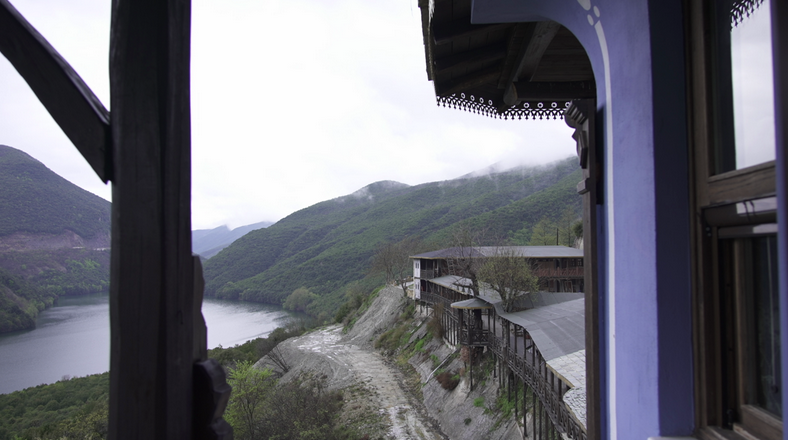
The male monastery has gone through many hardships. For instance, in 1822 it was completely destroyed, and during that destruction, the monks were executed by beheading. Moreover, during the Macedonian Struggle, specifically in 1907, the monastery supported the Greek side by sheltering Greek freedom fighters and treating the wounded. As a result, the monastery’s prior, Father Stavros, and his companion were executed, as were the Abbot Ignatios and his companion, who were dismembered.
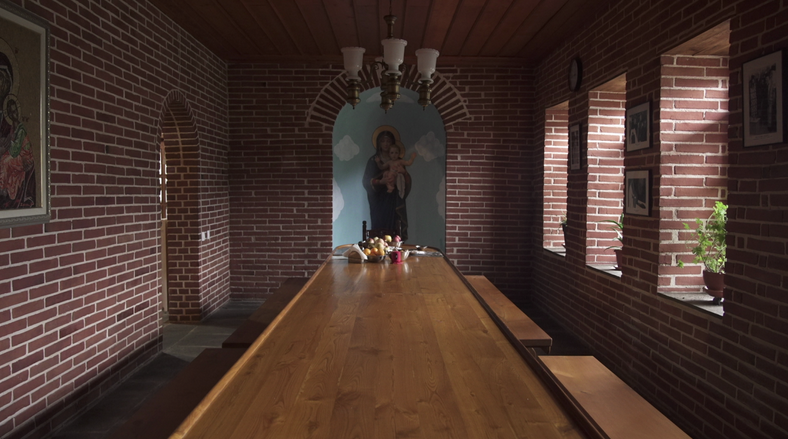
A few years later, in 1941, a shepherd set fire to the remaining buildings of significant value and the church. Only the ossuary, containing the remains of 120 monks, survived. Thanks to the residents of the surrounding area, however, the monastery was rebuilt.
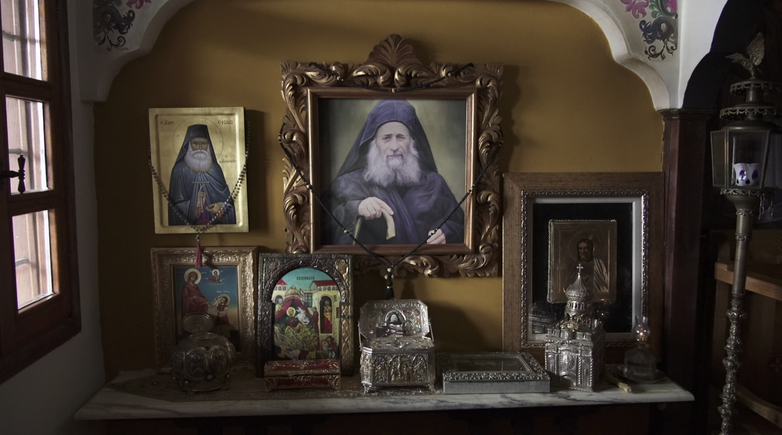
It was renovated relatively recently and is now active. Three monks live there, and it welcomes pilgrims daily from sunrise to sunset, always preserving its spiritual heritage so that it remains a living center of faith and hospitality for visitors.
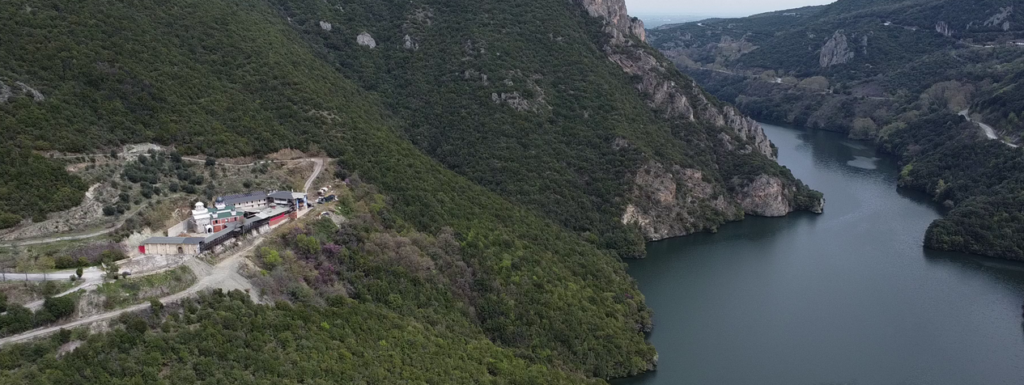
Speaking to Proto Thema, the Abbot of the Monastery of Kallipetra, Archimandrite Palamas, recounts how he chose to become a monk, having already studied Computer Science in Greece and completed his postgraduate studies in England:
“As a man of my time, I was saturated with worldly attitudes, with the life people live out there, and I saw that it doesn’t fulfill you. It may make you feel good temporarily, but soon you feel an emptiness and a boredom with the world. Never—absolutely never—can any human satisfy their desire for something more beautiful. Whereas in monasticism, one tries to connect with the divine, with God.”
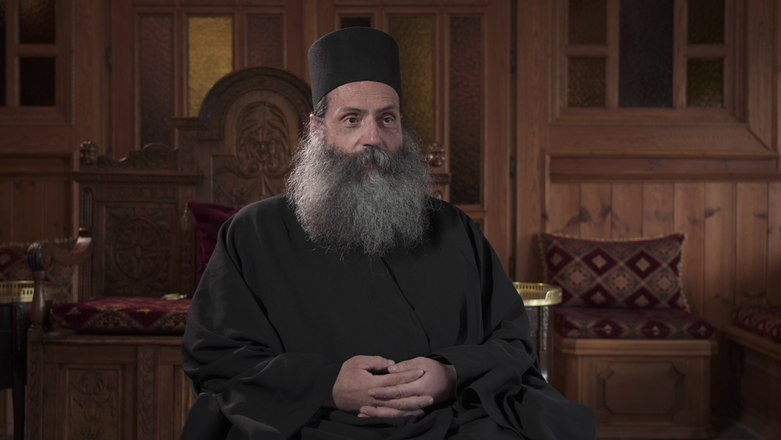
Having dedicated his life to the revival of the Monastery, he further explains:
“The monk tries to maintain continuous contact with God, and for that reason avoids too many external activities. He tries to keep his mind focused. He tries to remain within the monastery. Still, we are not disconnected from the world.”
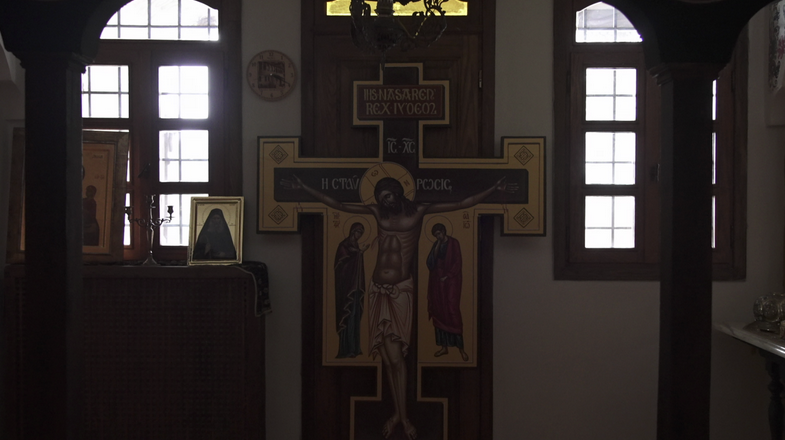
With the faithful flocking to churches and monasteries today, Holy Tuesday, for the Parable of the Ten Virgins—chosen by Jesus to teach his disciples as they ascended to Jerusalem, emphasizing charity and the vigilance needed so that death does not catch us unprepared—as well as to hear the Hymn of Kassiani, Professor of General Church History at the University of Athens, Mr. Ioannis Panagiotopoulos, comments the following on asceticism:
“The monastic life is the fast track. The Kingdom of Heaven is taken by force—it demands a special kind of struggle. And this purification, which monastic life leads people toward, is a quicker path, much harder than our secular life. And it leads far more swiftly to enlightenment. And for some, it leads to the reality of theosis (deification).”
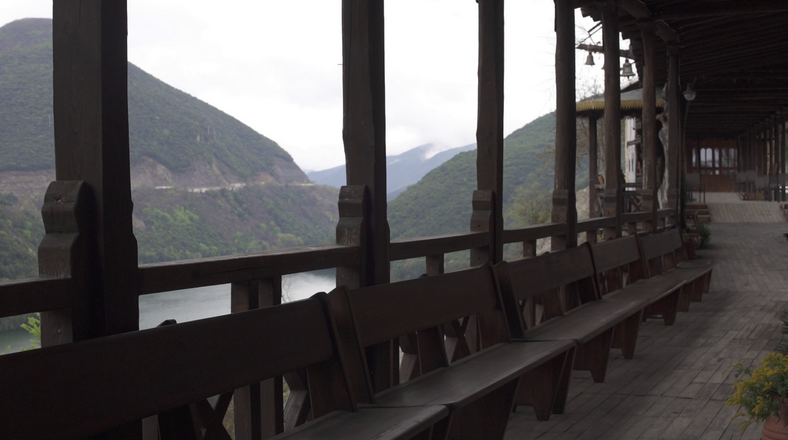
Ask me anything
Explore related questions
